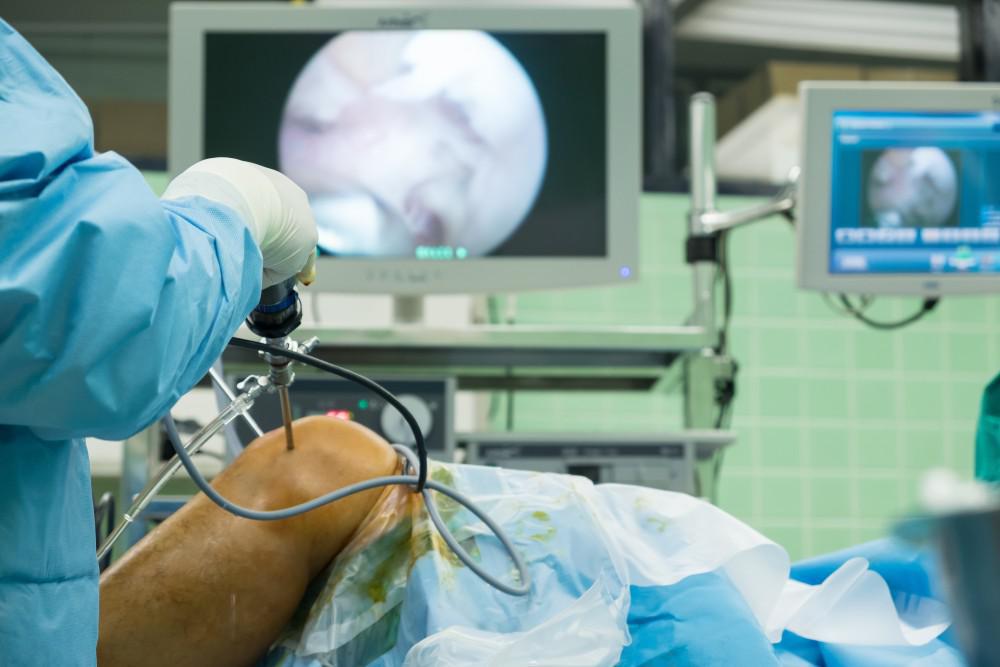When knee cartilage damage occurs suddenly from an injury or from deterioration over a period of years. It limits the knee’s normal movement and can cause significant pain. If cartilage damage is not treated, it can worsen and eventually become knee arthritis.
What Are Knee Cartilage Damage Symptoms?
Common symptoms of chondromalacia include:
- Pain
- Swelling
- Catching, locking, giving-way
- Grinding
- Inability to fully straighten or bend knee
A patient may have one symptom or all of them. Also, it’s quite common for meniscus or cartilage injury symptoms to vary from day to day.
How Is Knee Cartilage Damage Diagnosed?
Knee chondromalacia is diagnosed through a careful medical history, a thorough physical examination and X-rays. Although cartilage damage and meniscus tears are not visible on x-rays, the x-ray can provide important information regarding arthritis, fractures and osteochondral defects (a more severe cartilage injury that also damages the underlying bone). If the x-rays are normal, a MRI can be ordered to show chondromalacia or a meniscus tear.
Severe cartilage damage can progress to arthritis which is diagnosed with x-rays.
Knee Cartilage Damage Treatment
- Anti-inflammatory medications, supplements, physical therapy and activity modification can alleviate minor symptoms.
Alternative Treatments to Potentially Avoid Surgery
- PRP, Stem Cell injections obtained from patients’ blood, bone marrow or fat include growth factors and regenerative cells that can be injected into the knee to stimulate natural healing.
Surgery to Treat Chondromalacia without Cartilage Transplant
- Chondroplasty – This is the most common treatment for damaged articular cartilage. When loose areas repeatedly catch, small flaps become larger flaps over time. These loose pieces can be removed and the damaged cartilage smoothed. It is impossible to make the damaged cartilage completely smooth like normal cartilage but the goal of this procedure is to reduce pain and slow down the progression of cartilage damage.
- Microfracture – a treatment used to stimulate the body to grow fibrocartilage in an area of damage. It requires only one surgery and can be completed entirely arthroscopically. It does not grow normal cartilage but can provide good short term results.
OATS : This is transfer of normal cartilage from other part of your knee .
BMAC : This is the procedure where a gel like substance made from patient’s bone marow is implanted over the defects .
